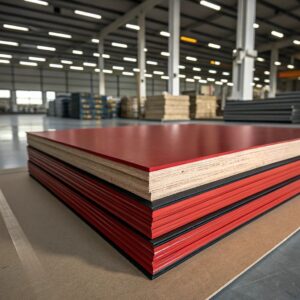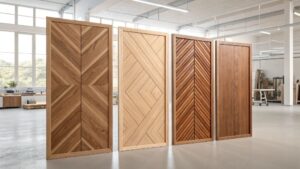Crafting with wood opens endless possibilities for creativity, but choosing the right material can be overwhelming. Many people turn to craft plywood, but is it really the best option for your projects?
Craft plywood is a lightweight and versatile wood-based material commonly used for DIY projects, model-making, and small-scale construction. It consists of thin layers of wood veneer bonded together, offering durability while remaining easy to work with.
For those who love woodworking and crafting, understanding craft plywood’s properties, benefits, and composition will help in selecting the right material for your next project.
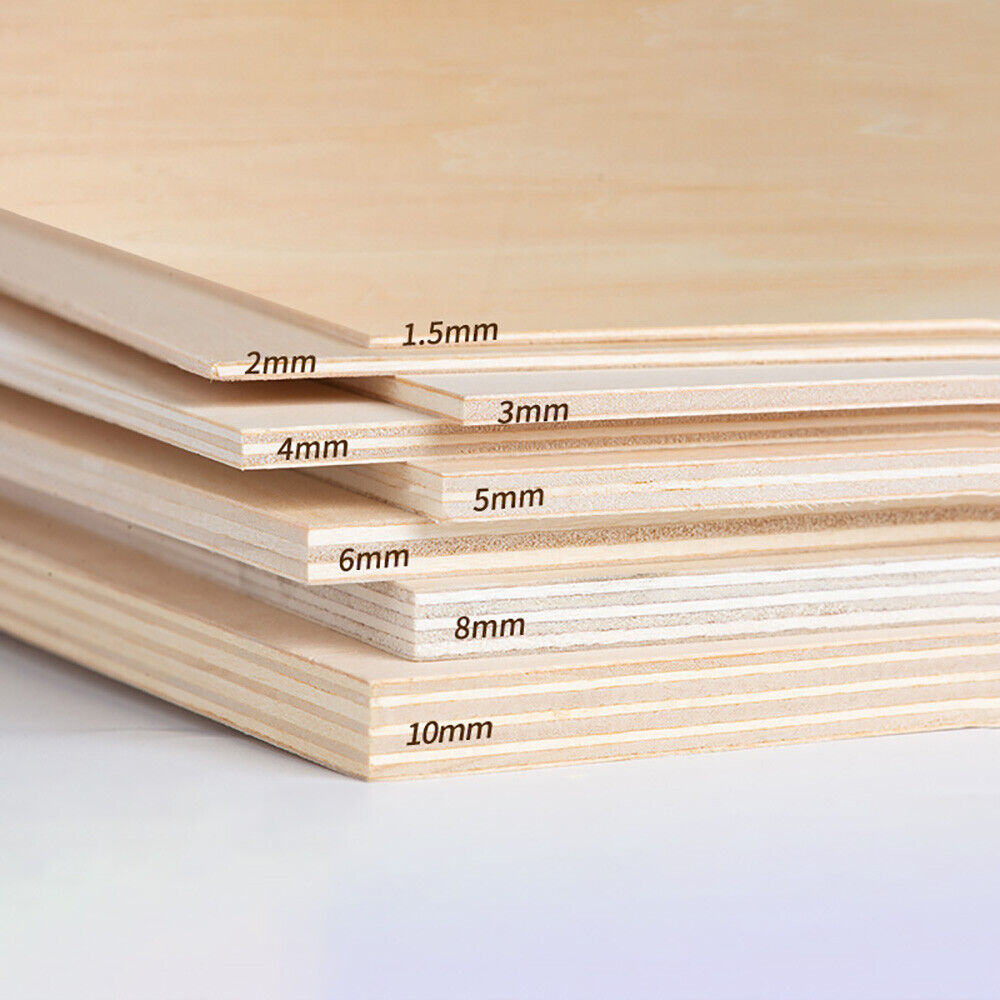
What Is Craft Plywood?
Craft plywood is a specially designed plywood variant made for small-scale projects. Unlike standard plywood, it is thinner and easier to cut, making it ideal for crafting, model-building, and laser cutting.
Craft plywood is a thin, flexible plywood sheet made from softwood or hardwood veneers glued together. It is commonly used in arts and crafts, model-making, and decorative applications.
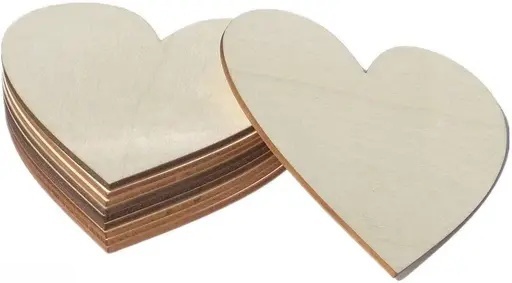
How Does It Differ from Regular Plywood?
| Feature | Craft Plywood | Regular Plywood |
|---|---|---|
| Thickness | Thinner (1-6mm) | Thicker (6-25mm) |
| Flexibility | More flexible | Less flexible |
| Weight | Lightweight | Heavier |
| Application | Crafting, modeling | Construction, furniture |
| Cutting Method | Easily cut with craft tools | Requires saws, machinery |
Craft plywood is perfect for intricate designs, where precision cutting and lightweight material are required. Unlike traditional plywood, it is more suited for hobbyists and artisans rather than large-scale construction.
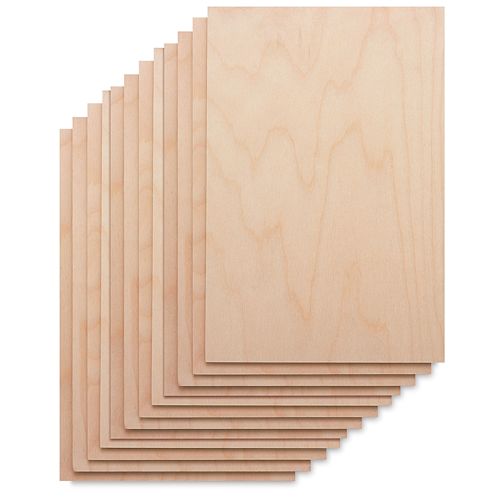
Is Craft Plywood Good?
Many crafters and DIY enthusiasts swear by craft plywood, but is it truly a good material?
Craft plywood is an excellent choice for small-scale projects due to its smooth surface, flexibility, and ease of use. However, it is not suitable for structural applications or heavy-duty furniture.

Pros and Cons of Craft Plywood
Pros:
- Lightweight – Easy to handle and transport.
- Smooth Surface – Ideal for painting, staining, and decorating.
- Easy to Cut – Can be cut with a craft knife or laser cutter.
- Affordable – Cost-effective for small projects.
- Flexible – Works well for curved and intricate designs.
Cons:
- Not Water-Resistant – Absorbs moisture and may warp over time.
- Limited Strength – Not ideal for load-bearing applications.
- Prone to Splintering – May require sanding for smooth edges.
If you need a material for decorative projects, model-making, or DIY crafts, craft plywood is an excellent option. However, for furniture or outdoor use, you may need a stronger alternative.
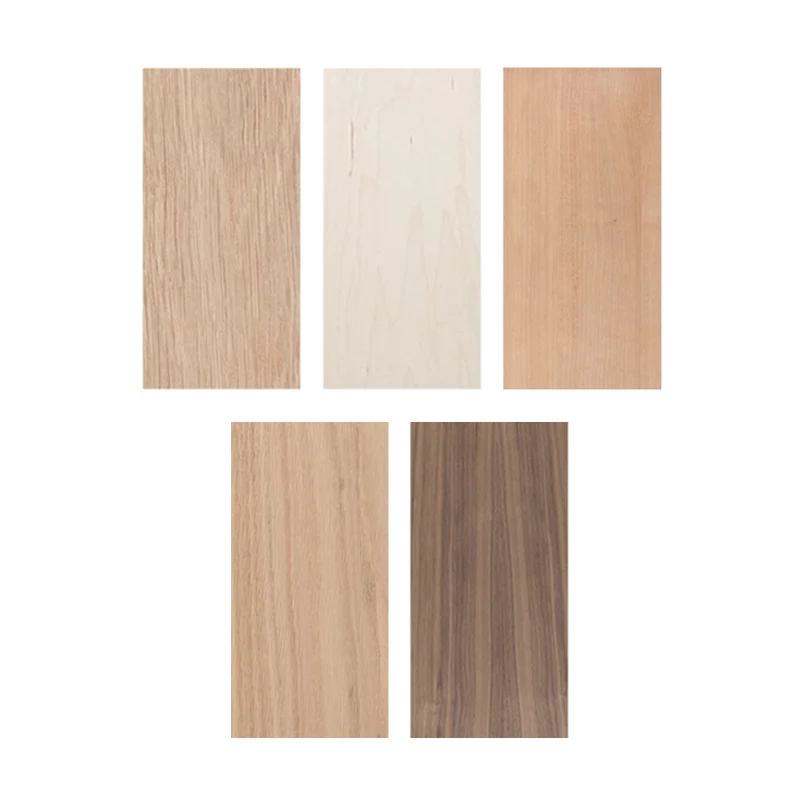
What Is Craft Wood Made Of?
To understand why craft plywood works well for certain projects, it's important to know what it's made of.
Craft plywood is made from thin layers of wood veneer, typically sourced from softwood or hardwood species such as birch, poplar1, or basswood. These layers are bonded together using adhesives, creating a smooth, lightweight, and flexible sheet.

Common Wood Types in Craft Plywood
| Wood Type | Characteristics | Common Uses |
|---|---|---|
| Birch | Smooth, strong, light color | Model making, painting, engraving |
| Poplar | Lightweight, flexible, soft | Laser cutting, detailed carving |
| Basswood | Soft, easy to shape, fine grain | Wood burning, DIY decorations |
The choice of wood veneer affects the final appearance and workability of craft plywood. For instance, birch plywood2 provides a durable surface, while basswood is preferred for detailed carving.
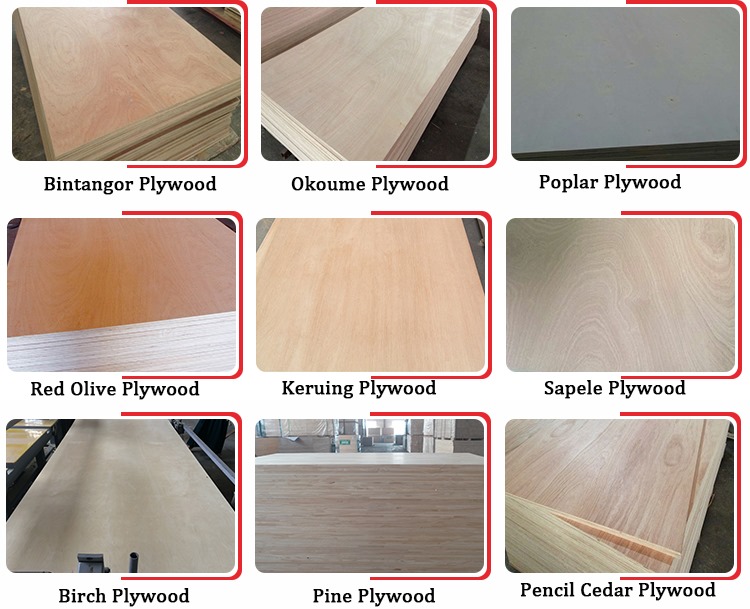
The Manufacturing Process
- Log Selection: Suitable wood species are chosen based on their grain and flexibility.
- Veneer Peeling: Thin sheets of wood veneer are peeled from logs.
- Drying & Sorting: Veneers are dried and sorted based on quality.
- Gluing & Layering: Adhesives are applied, and layers are pressed together.
- Cutting & Finishing: Plywood sheets are trimmed to size and sanded for a smooth finish.
This process results in a durable, yet flexible material suitable for craft applications.

How to Choose the Right Craft Plywood?
When selecting craft plywood, consider the following factors:
1. Thickness
- 1-2mm: Ideal for paper-thin crafts and decorations.
- 3-4mm: Suitable for model-making and small wooden signs.
- 5-6mm: Best for structural craft projects with slight durability needs.
2. Wood Type
- For precision cutting: Choose basswood or poplar.
- For painting & finishing: Opt for birch.
- For lightweight projects: Select poplar or softwood plywood.
3. Adhesive Type
- Standard adhesive: Good for indoor use.
- Waterproof adhesive: Required if using in humid conditions.
4. Surface Quality
- Look for smooth, even surfaces with minimal knots.
- Higher-grade plywood ensures better painting and finishing results.
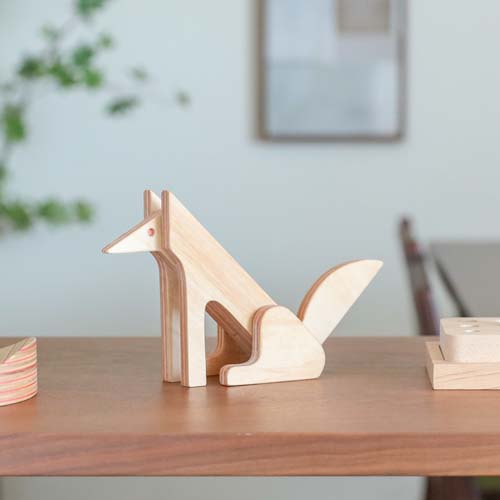
Conclusion
Craft plywood is a great choice for DIYers, hobbyists, and model-makers. It’s lightweight, flexible, and easy to work with. However, it’s not suited for heavy-duty or outdoor use. Understanding its properties and selecting the right type will ensure a successful project every time.


